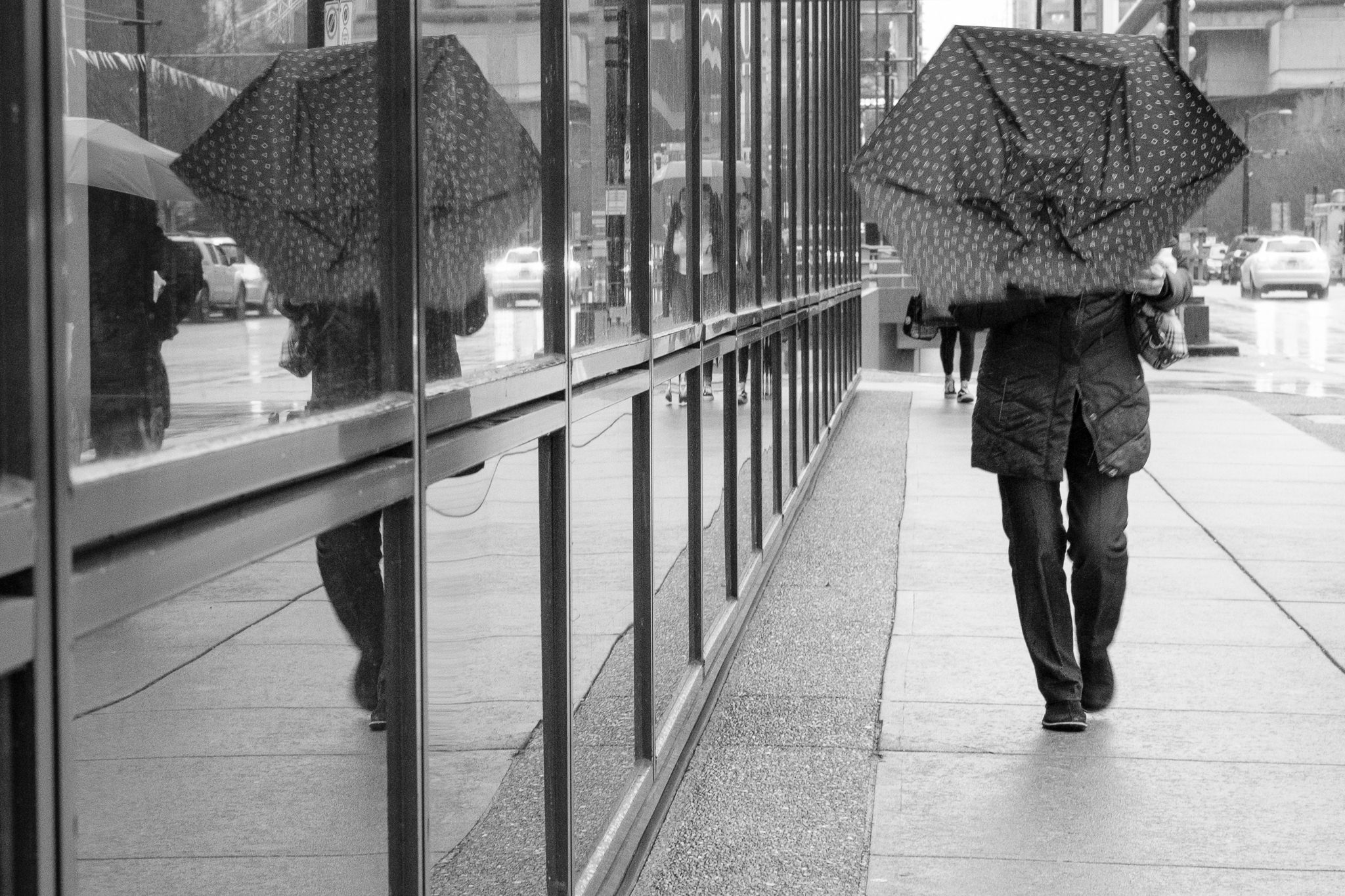The Best Strategy To Use For Framing Streets
The Facts About Framing Streets Revealed
Table of ContentsThe Definitive Guide to Framing StreetsSome Ideas on Framing Streets You Need To KnowNot known Details About Framing Streets The Facts About Framing Streets UncoveredThe Single Strategy To Use For Framing StreetsThe Ultimate Guide To Framing Streets
, generally with the goal of capturing images at a crucial or touching moment by mindful framework and timing. https://detts-mccleocy-skath.yolasite.com/.
Framing Streets Fundamentals Explained
Susan Sontag, 1977 Street digital photography can concentrate on individuals and their behavior in public. In this regard, the road digital photographer is similar to social documentary digital photographers or photographers who also operate in public locations, but with the purpose of recording newsworthy events. Any one of these professional photographers' photos might record individuals and property visible within or from public areas, which often requires navigating moral issues and legislations of personal privacy, security, and residential property.
Representations of daily public life develop a category in nearly every duration of globe art, starting in the pre-historic, Sumerian, Egyptian and very early Buddhist art periods. Art dealing with the life of the street, whether within sights of cityscapes, or as the dominant theme, shows up in the West in the canon of the Northern Renaissance, Baroque, Rococo, of Romanticism, Realistic look, Impressionism and Post-Impressionism.
The Single Strategy To Use For Framing Streets
Louis Daguerre: "Boulevard du Temple" (1838 or 1839) In 1838 or 1839 the first picture of figures in the street was videotaped by Louis-Jacques-Mand Daguerre in among a pair of daguerreotype sights extracted from his workshop window of the Blvd du Holy place in Paris. The 2nd, made at the elevation of the day, reveals an uninhabited stretch of road, while the other was taken at regarding 8:00 am, and as Beaumont Newhall reports, "The Blvd, so continuously full of a relocating throng of pedestrians and carriages was flawlessly solitary, except a person who was having his boots cleaned.
, who was inspired to carry out a similar documents of New York City. As the city created, Atget helped to promote Parisian roads as a worthwhile subject for digital photography.

Excitement About Framing Streets
Martin is the initial taped professional photographer to do so in London with a masked video camera. Mass-Observation was a social research study organisation established in 1937 which intended to tape-record daily life in Britain and to tape-record the responses of the 'man-in-the-street' to King Edward VIII's abdication in 1936 to marry separation Wallis Simpson, and the sequence of George VI. Andre Kertesz.'s commonly admired Images la Sauvette (1952) (the English-language edition was titled The Definitive Minute) promoted the idea of taking an image at what he labelled the "crucial minute"; "when kind and web content, vision and make-up combined into a transcendent whole" - Lightroom presets.
Framing Streets Can Be Fun For Everyone
The recording machine was 'a hidden electronic camera', a 35 mm Contax hidden beneath his coat, that was 'strapped to the upper body and linked to a long cord strung down the best sleeve'. His job had little contemporary influence as due to Evans' sensitivities concerning the originality of his job and the personal privacy of his subjects, it was not released until 1966, in the publication Many Are Called, with an introduction created by James Agee in 1940.
Helen Levitt, then an educator of young kids, associated with Evans in 193839. She recorded the transitory chalk drawings - 50mm street photography that belonged to children's road society in New York at the time, as well as the kids who made them. click reference In July 1939, Mo, MA's new photography area included Levitt's work in its inaugural exhibitRobert Frank's 1958 publication,, was substantial; raw and usually out of focus, Frank's images questioned traditional digital photography of the time, "challenged all the official regulations laid down by Henri Cartier-Bresson and Walker Evans" and "flew in the face of the wholesome pictorialism and wholehearted photojournalism of American publications like LIFE and Time".